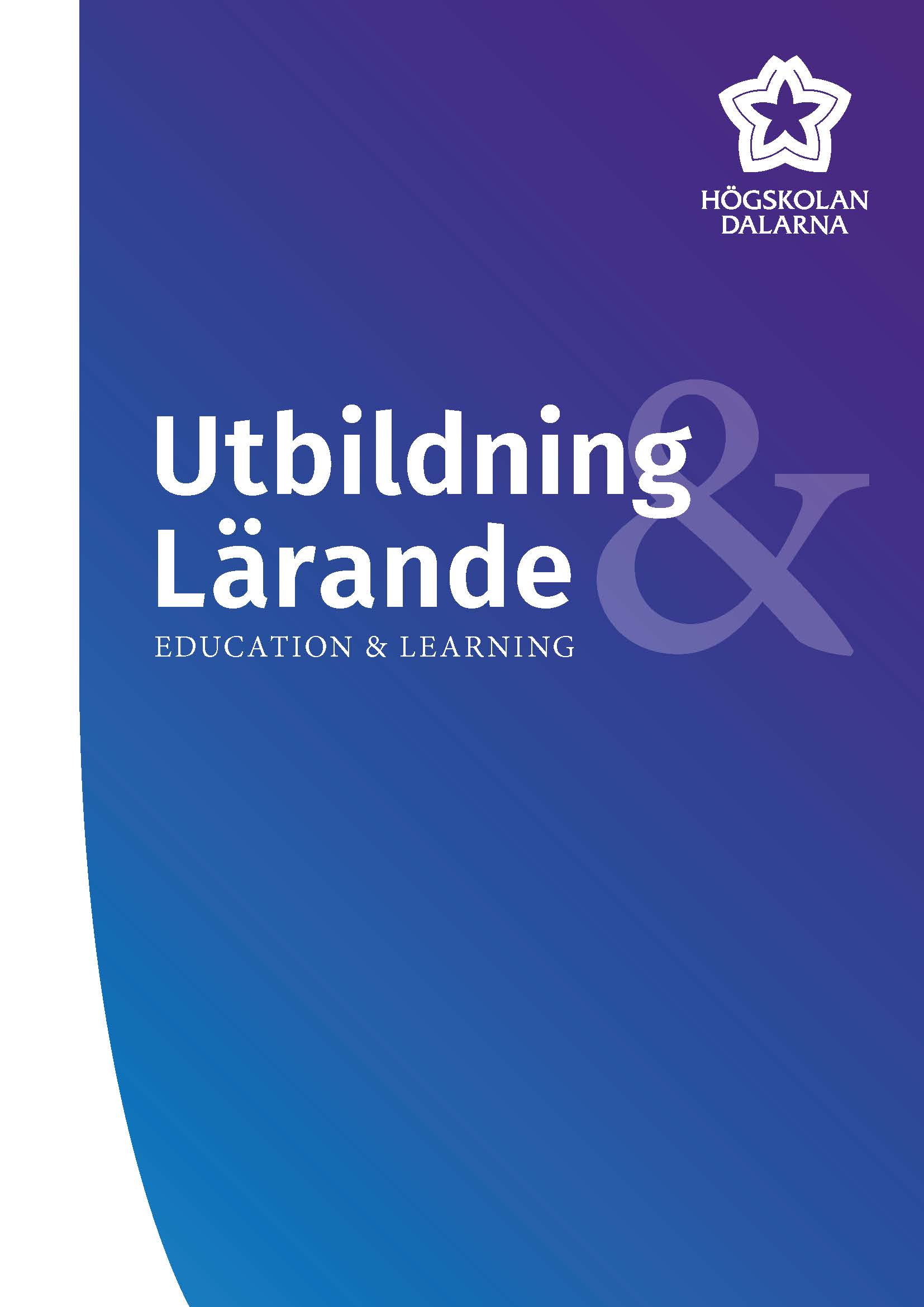Läsundervisning i en språkligt heterogen lågstadieklass
DOI:
https://doi.org/10.58714/ul.v16i1.11296Nyckelord:
reading instruction, teachers’ beliefs, multilingualism, identity, literacyAbstract
This article presents results from a case study that examines reading instruction practices in a linguistically heterogeneous class in year 3. In this school the proportion of newly arrived students has increased significantly in a short time and the article focuses on classroom observations and a teacher interview about the work with reading instruction in this particular class. The theoretical framework is based on Cummins’ The Literacy Engagement Framework and theories about teachers’ beliefs. The results show how in reading instruction students' understanding is supported through the teacher's work with extending the language and through support in students' meaning-making (scaffold meaning). The students' background knowledge is activated when connections between text content and the students' everyday life are made, but multilingual identities are seldom affirmed or made visible. The focus of reading instruction is primarily to support linguistic preunderstanding and correctness. Reading homework is an important part of reading instruction and is practiced in cooperation with multilingual parents in a language they often do not know. Strongly present are the teacher’s beliefs about students' linguistic repertoires as a resource primarily for learning Swedish, as well as beliefs about a separation between the languages of multilingual individuals.
Downloads
Publicerad
Referera så här
Nummer
Sektion
Licens
Copyright (c) 2022 Författarna och tidskriften

Detta verk är licensierat under en Creative Commons Erkännande-Ickekommersiell-IngaBearbetningar 4.0 Internationell-licens.
Författaren/författarna behåller copyright till verket.



